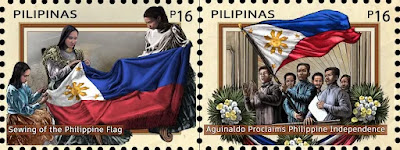Restoration Day, also known as Oak Apple Day or Royal Oak Day, is a historical holiday in England, Wales, and Ireland. It commemorates the restoration of the monarchy in 1660, when Charles II returned to the throne after the English Civil War and the period of Oliver Cromwell's Commonwealth. The holiday is traditionally observed on May 29th, the anniversary of Charles II's birthday and his entry into London in 1660.
Key Points about Restoration Day (Oak Apple Day):
Historical Significance:
- Restoration of the Monarchy: The day marks the end of the republican Commonwealth and the restoration of the monarchy with Charles II's return to power.
- Symbolism: The "oak apple" refers to the Royal Oak tree in which Charles II hid to escape the Roundheads after the Battle of Worcester in 1651. The tree became a symbol of his survival and eventual restoration.
Traditional Celebrations:
- Wearing Oak Leaves: People would traditionally wear sprigs of oak leaves or oak apples (galls) to commemorate Charles II's escape.
- Decorations: Homes, public buildings, and churches were often decorated with oak branches.
- Festivities: Various local customs included parades, feasts, and sometimes mock battles or re-enactments of historical events.
Decline and Modern Observances:
- Decline: The observance of Oak Apple Day declined after the 19th century and is no longer an official public holiday.
- Modern Celebrations: Some communities and historical societies still observe the day with events such as reenactments, wearing oak leaves, and educational programs about the historical significance of the Restoration.
Related Customs:
- Royal Oak: Many pubs and inns named "Royal Oak" commemorate the day, and this name is one of the most common pub names in England.
- Annual Events: Certain places, such as Great Wishford in Wiltshire, still hold annual events to mark the day. For instance, villagers gather oak branches in Grovely Wood and present them to the local church.
How to Observe Restoration Day Today:
- Learn and Share: Read about the history of the English Civil War, the Commonwealth, and the Restoration, and share this knowledge with others.
- Visit Historical Sites: Explore places significant to the Restoration period, such as Worcester or the Boscobel House and the Royal Oak tree.
- Join Local Events: Participate in or attend any local events or reenactments that commemorate Oak Apple Day.
- Support Historical Societies: Engage with historical societies that preserve and promote the history of this period through events, publications, and education.
Restoration Day, with its rich historical context and unique traditions, offers a fascinating glimpse into a transformative period in British history. While it is no longer widely celebrated, it remains an important cultural and historical reference point.









